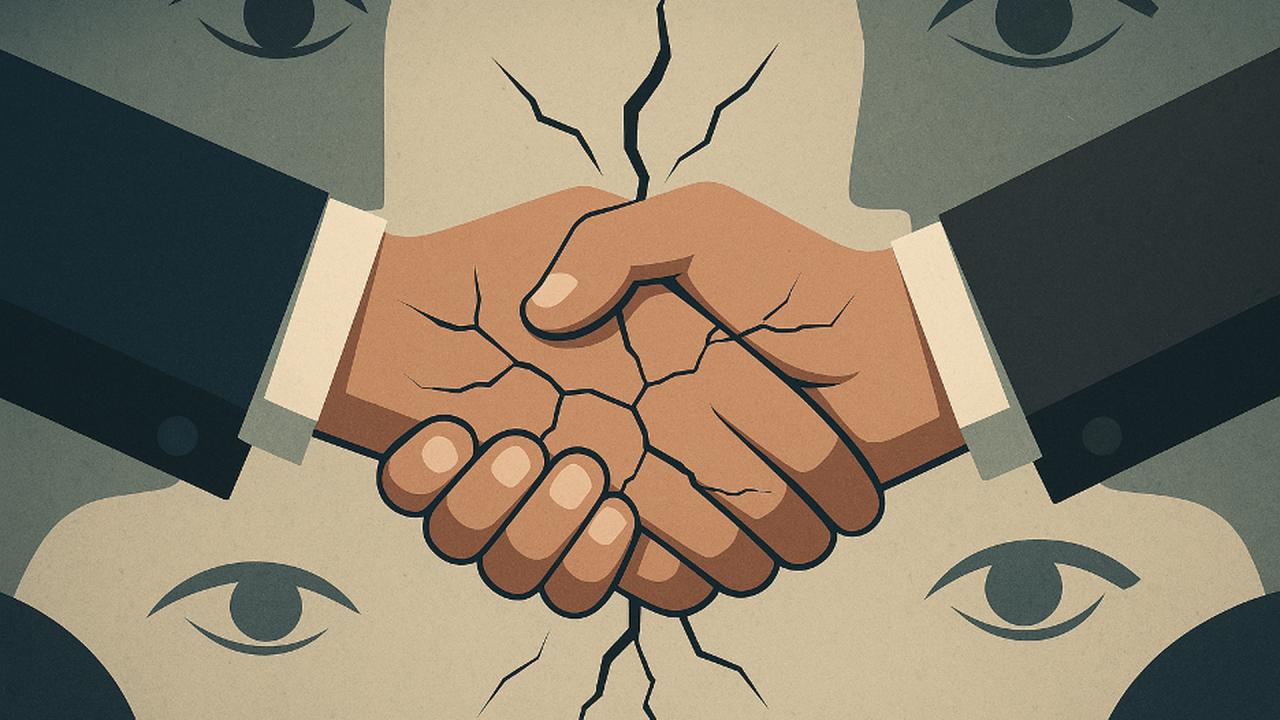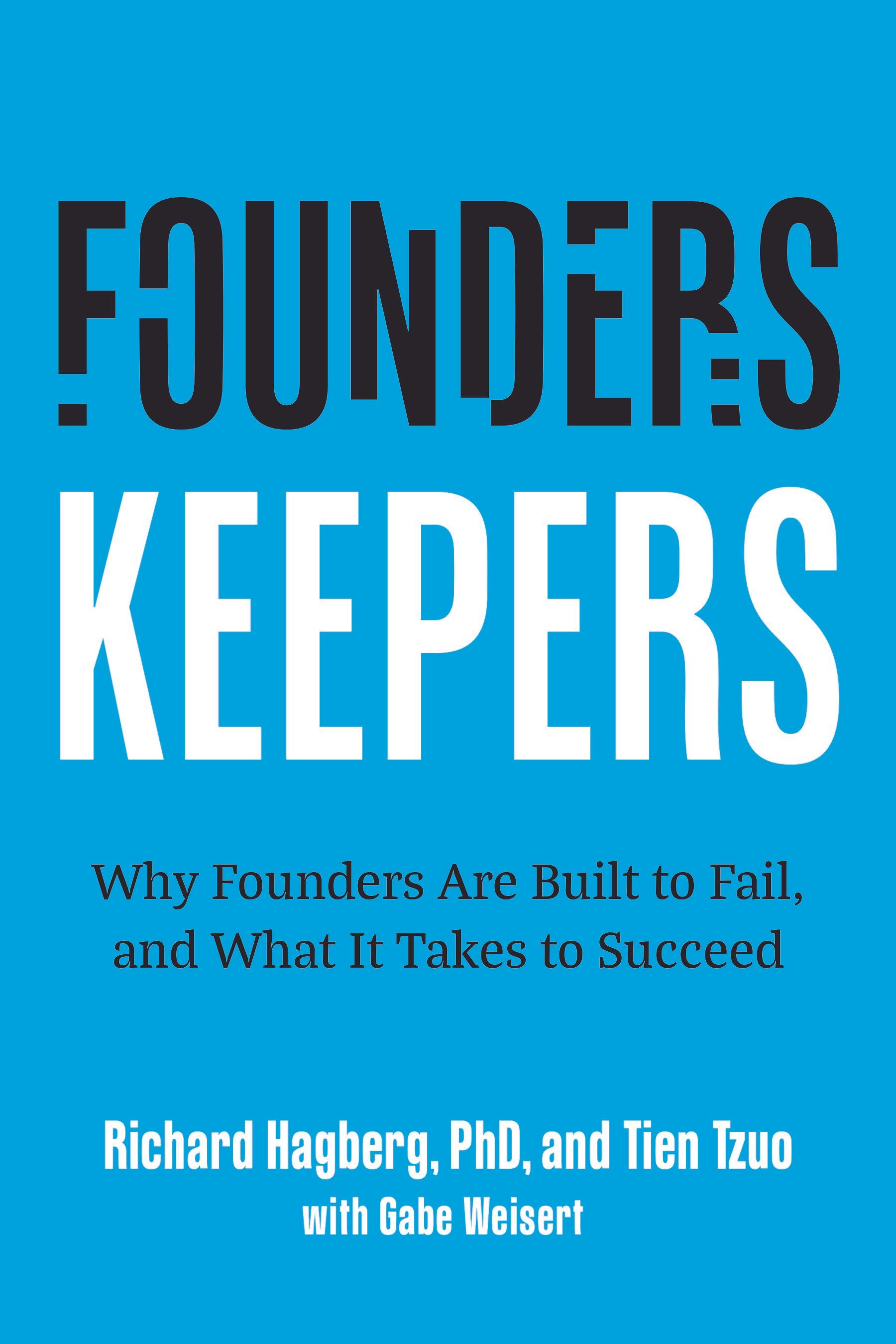Article
When Should a Founder Bring in a COO? And why choosing the right type of COO could save or sink your company

One of the biggest dilemmas that founders face knowing when and why to bring in a Chief Operating Officer (COO). Too early, and you risk creating bureaucracy before the business finds its footing. Too late, and the founder becomes a bottleneck, throttling growth and burning out teams. Get the wrong type of COO, and you’ll spark culture clashes or stifle innovation. I have had 4 COOs over my career. Their styles and capabilities were very different and the role I needed them to play differed dramatically based on the stage of the company. Some of them worked out beautifully and were the perfect complement to my founder tendencies and limitations. Some were a disaster. Here is what I learned.
The COO is the most variable role in the C-suite. Some founders never hire one. Others go through three or four before finding the right fit. In many cases, the question isn’t if you need a COO—it’s what type of COO your company and your leadership style demand at this stage of growth.
Let’s break this down.
Why COOs Matter
Founders are visionaries. They are idea machines, market spotters, and force-of-nature storytellers who rally talent and investors around a dream. But those same strengths often come paired with weaknesses: disorganization, impatience, lack of systems, and difficulty letting go of control.
A strong COO is the counterweight. They turn vision into execution. They stabilize culture. They keep promises made to customers and investors. And, at the right time, they free the founder to do what only the founder can do—set direction, evangelize the mission, and keep the spark alive.
But “COO” isn’t one job. It’s a category. And picking the wrong type is like forcing a square peg into a round hole.
The Seven Archetypes of COOs
1. The Executor
The backbone of day-to-day operations. They build systems, enforce discipline, and make the trains run on time.
- Best fit: Visionary founders who thrive on ideas but leave chaos in their wake.
- Stage: Early scaling, when the business needs process without killing momentum.
- Examples: Sheryl Sandberg at Facebook (balancing Zuckerberg’s vision), Gwynne Shotwell at SpaceX (stabilizing Musk’s whirlwind).
2. The Change Agent
The fixer. Brought in when transformation is urgent—scaling fast, restructuring, or pulling out of crisis.
- Best fit: Founders who know the business has outgrown their own operational grip.
- Stage: Scaling into hypergrowth, or turnaround scenarios.
- Examples: Daniel Alegre at Activision Blizzard, leading cultural and operational overhaul.
3. The Mentor/Partner
The grown-up in the room. A seasoned leader who steadies a first-time or young founder, often more coach than operator.
- Best fit: Visionary but inexperienced founders, often in the earliest stages of institutional growth.
- Stage: Transition from startup scrappiness to formal organization.
- Examples: Eric Schmidt at Google—while not COO by title, he played this role for Page and Brin.
4. The Heir Apparent
The COO as CEO-in-waiting. They take on broad P&L responsibility, often shadowing the founder before succession.
- Best fit: Companies preparing for leadership transition.
- Stage: Later scaling into maturit
- Examples: Tim Cook at Apple before succeeding Steve Jobs.
5. The MVP Functionalist
The specialist. A COO with deep expertise in one critical area—finance, product, supply chain, or sales.
- Best fit: Founders strong in vision but weak in a single domain essential to scaling.
- Stage: Startup to early scale.
- Examples: Prabir Adarkar at DoorDash, covering finance and operations.
6. The Complement to the CEO’s Gaps
A tailor-made role. If the founder is a disorganized visionary, the COO is structured and disciplined. If the founder is technical but introverted, the COO is outward-facing and people-savvy.
- Best fit: Any founder aware enough to know their own blind spots.
- Stage: Anywhere, but especially scaling.
- Examples: Sandberg balancing Zuckerberg’s lack of operational rigor; Shotwell countering Musk’s volatility.
7. The Integrator/Hybrid
The most complex type. They unify strategy, execution, culture, and talent at once—bridging across multiple functions.
- Best fit: Complex, multi-line businesses with global teams.
- Stage: Scaling into maturity.
- Examples: Angela Ahrendts at Burberry, integrating brand, culture, and operations before moving to Apple.
Why Founder–COO Relationships Fail So Often
If the COO role is so valuable, why do so many founder–COO relationships crash and burn? Boards are often gun-shy about hiring COOs because they’ve seen these partnerships implode. The reasons fall into several predictable buckets.
1. Lack of Role Clarity
The fastest way to sabotage the relationship is leaving the COO’s job undefined. Who owns what decisions? Where does accountability lie? If the COO’s role overlaps with the founder’s, or isn’t communicated to the rest of the team, the COO quickly becomes either a glorified project manager or a powerless deputy. Both end badly.
2. Founder’s Inability to Let Go
Many founders simply can’t let go. They want to approve every detail, revisit every decision, and undermine the very autonomy they hired the COO to exercise. A COO who feels second-guessed or constantly overruled either disengages or quits.
3. Misaligned Vision and Values
Operational excellence isn’t enough if the COO doesn’t fully buy into the founder’s vision and cultural values. When the COO wants to optimize for stability while the founder is pushing disruption—or vice versa—the two end up pulling the company in opposite directions.
4. Trust and Emotional Reactivity
Trust is fragile. If the founder is volatile under stress, or the COO isn’t skilled at navigating the founder’s personality, the relationship becomes brittle. Outbursts, defensiveness, or miscommunications erode psychological safety between them and ripple across the organization.
5. Succession Ambiguity and Power Tensions
Is the COO being groomed as the future CEO—or not? Few questions create more tension. If expectations aren’t clarified up front, the COO may feel misled and the founder may feel threatened. Meanwhile, employees begin to compare the two and pick sides. Boards have seen this movie before, and it rarely ends well.
6. Unrealistic Expectations
Founders and boards often expect the COO to “fix everything yesterday.” In reality, operational improvements take time—learning systems, culture, and people. When results don’t appear overnight, frustration builds. On the flip side, some COOs expect to make sweeping changes immediately, without respecting the founder’s legacy or the team’s tolerance for disruption.
7. Culture and Communication Breakdowns
The founder and COO need structured ways to align—weekly check-ins, clear communication norms, and mechanisms to resolve disagreements. Without them, minor irritations accumulate into major grievances. Worse, the team sees open conflict at the top and begins to question who’s really in charge.
8. Identity and Ego Issues
Let’s name the elephant in the room: many founders see hiring a COO as an admission of weakness. They sabotage the hire by bypassing the COO or contradicting them in front of the team. On the other side, ambitious COOs often chafe at being “Number Two.” If the relationship isn’t anchored in humility and respect, egos will clash.
How Founders Can Prevent the Breakdown
Knowing the pitfalls is only half the battle. Preventing them takes deliberate work:
- Define the COO’s mandate explicitly—what they own, what’s shared, and what stays with the CEO.
- Set up trust rituals early—regular one-on-one check-ins to surface tension before it festers.
- Align on vision and values—not just what you’re building, but how you’ll build it and why it matters.
- Clarify succession expectations—is this person a partner, a long-term No. 2, or a potential future CEO? Say it.
- Set realistic timelines—agree on milestones, but don’t expect magic overnight.
- Communicate clearly to the org—so employees understand who does what and aren’t caught in the crossfire.
- Hire for complementarity—choose a COO who fills your blind spots, not one who duplicates your strengths.
The founder–COO relationship is like a marriage with the pressure of Wall Street, venture capital, and 200 employees watching. When it works, it’s transformative. When it doesn’t, it’s messy, public, and expensive.
The Founder × Stage × COO Fit
So how do you know when and which type of COO to bring in? Here’s the decision logic:
- Startup + Visionary FounderNeeds an Executor or Mentor/Partner. Someone to turn chaos into motion without killing energy.
- Startup + Operator FounderMay not need a COO yet. If they do, it’s usually a domain specialist (MVP Functionalist) to cover blind spots.
- Scaling + Visionary FounderNeeds an Integrator or a Complement to gaps. Execution and people issues become bottlenecks.
- Scaling + Operator FounderMay need a Change Agent or Heir Apparent. The role becomes about transformation or succession.
- Mature Company + Visionary CEOThe COO role is succession-oriented (Heir Apparent) or complex integration (Hybrid).
- Mature Company + Operator CEOSometimes no COO is needed; the CEO already runs operations. In other cases, the COO is simply the next CEO waiting in line.
Takeaway
Hiring a COO isn’t about “offloading work.” It’s about admitting what kind of company you’re really building, and what kind of leader you are.
- If you’re the spark but not the engine, you need an Executor.
- If you’re a force of change but leave wreckage behind, you need a Relationship-Builder complement.
- If you’re building for the long haul, sooner or later you need an Heir Apparent.
The best founders aren’t the ones who try to do it all. They’re the ones who know when to step aside—just enough—to let someone else make the company stronger.
Closing Thought
In Founders Keepers, I often say: what got you here won’t get you there. The founder’s job is to create possibility. The COO’s job is to turn possibility into performance.
The only real mistake is waiting until your company is already fraying before you decide which kind of COO you need. By then, the cost of waiting may be higher than you can afford.
share this
Related Articles
Related Articles





